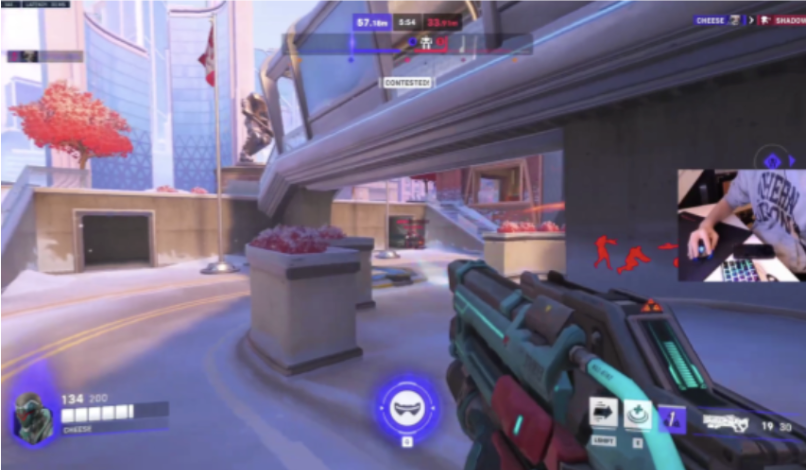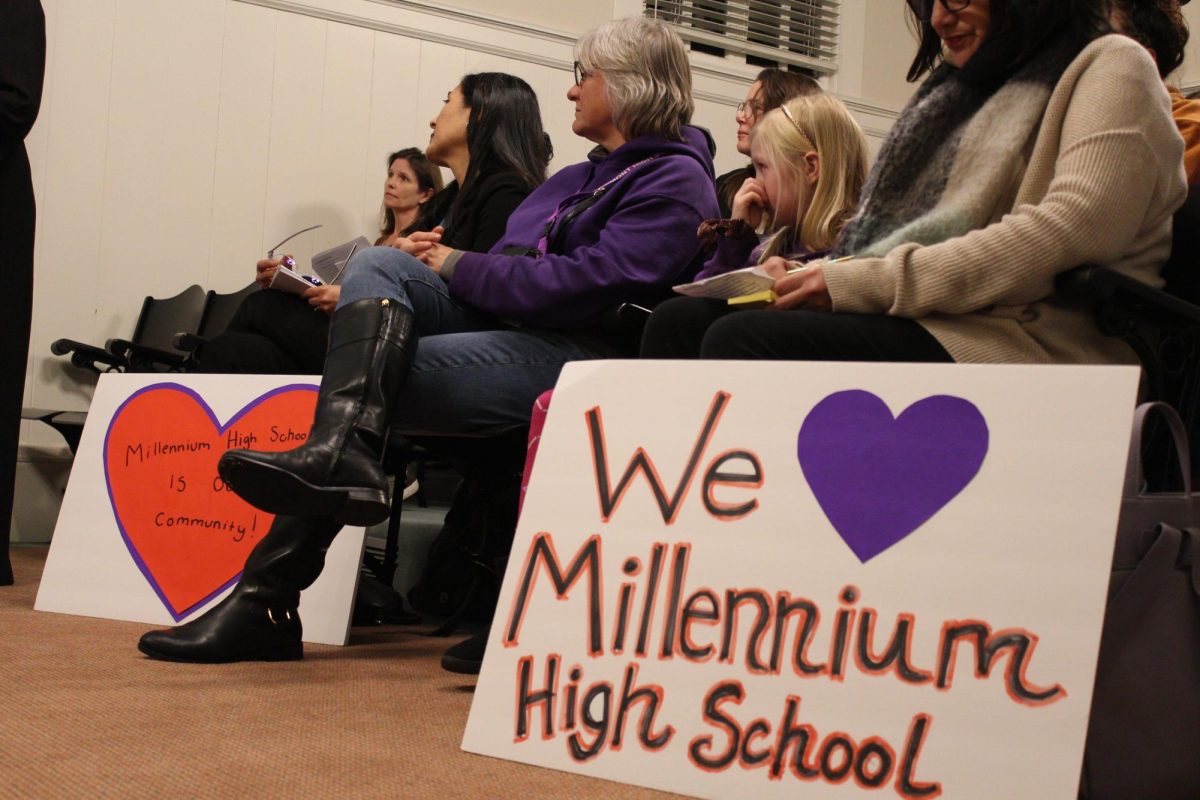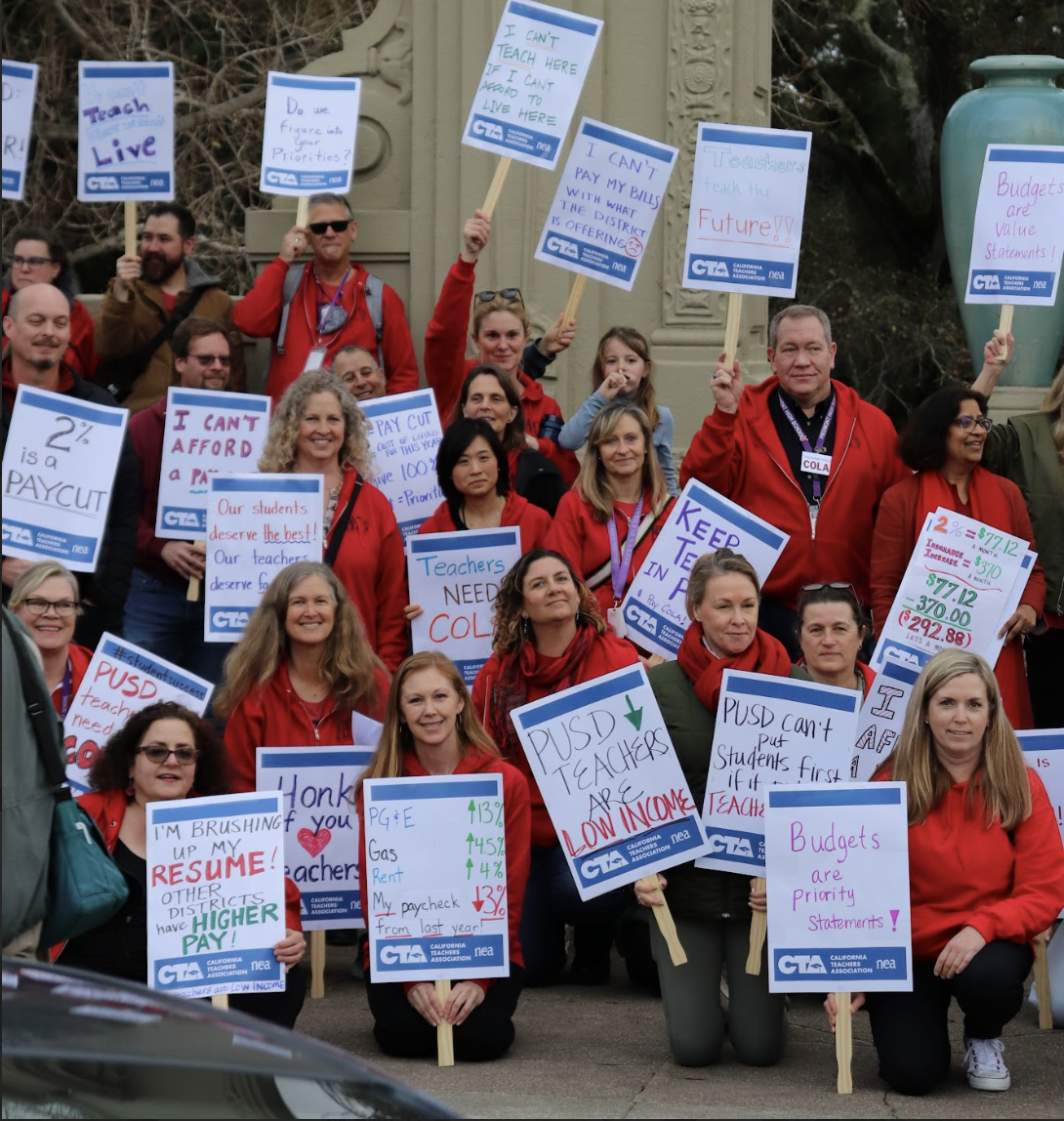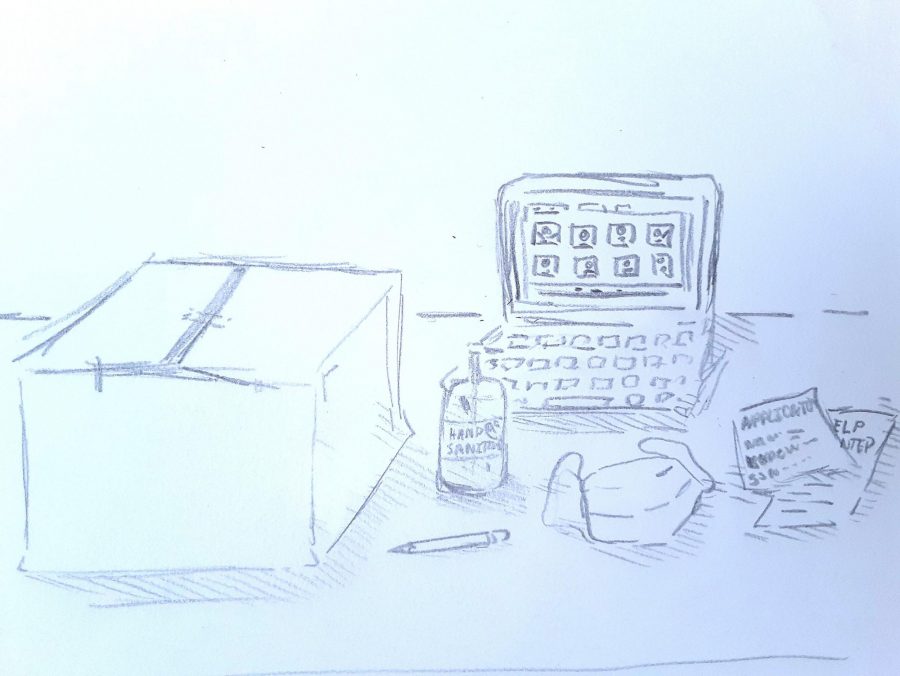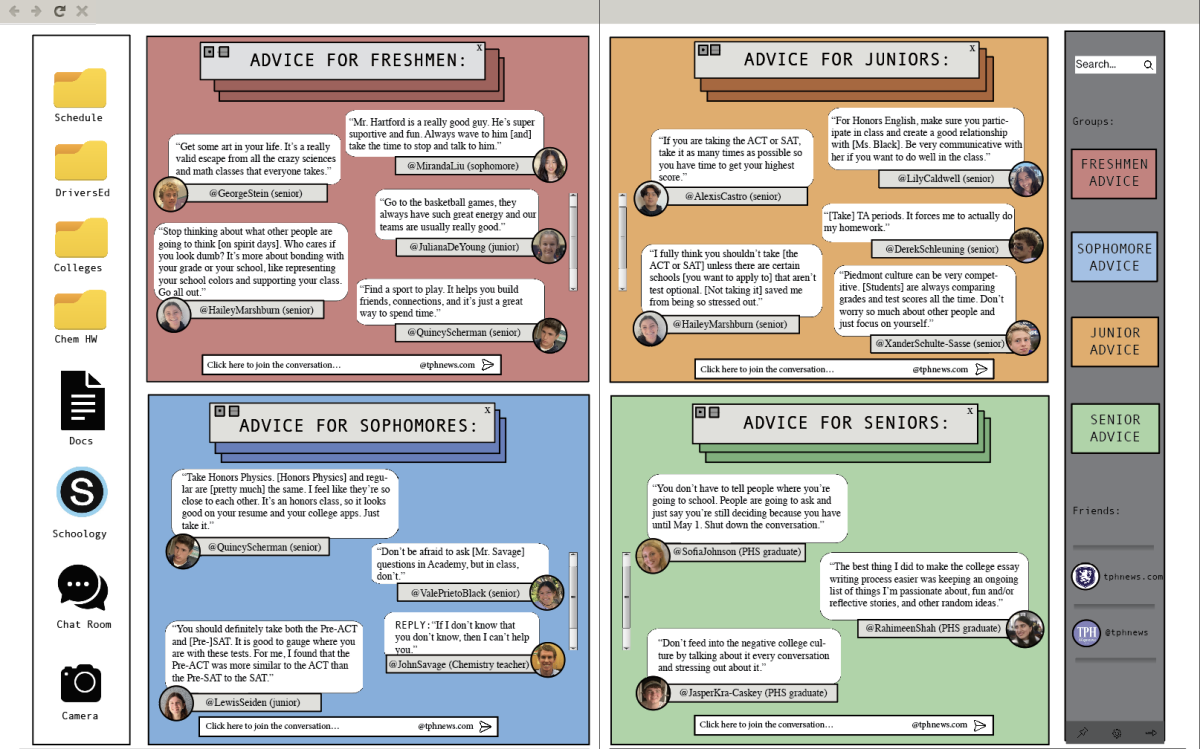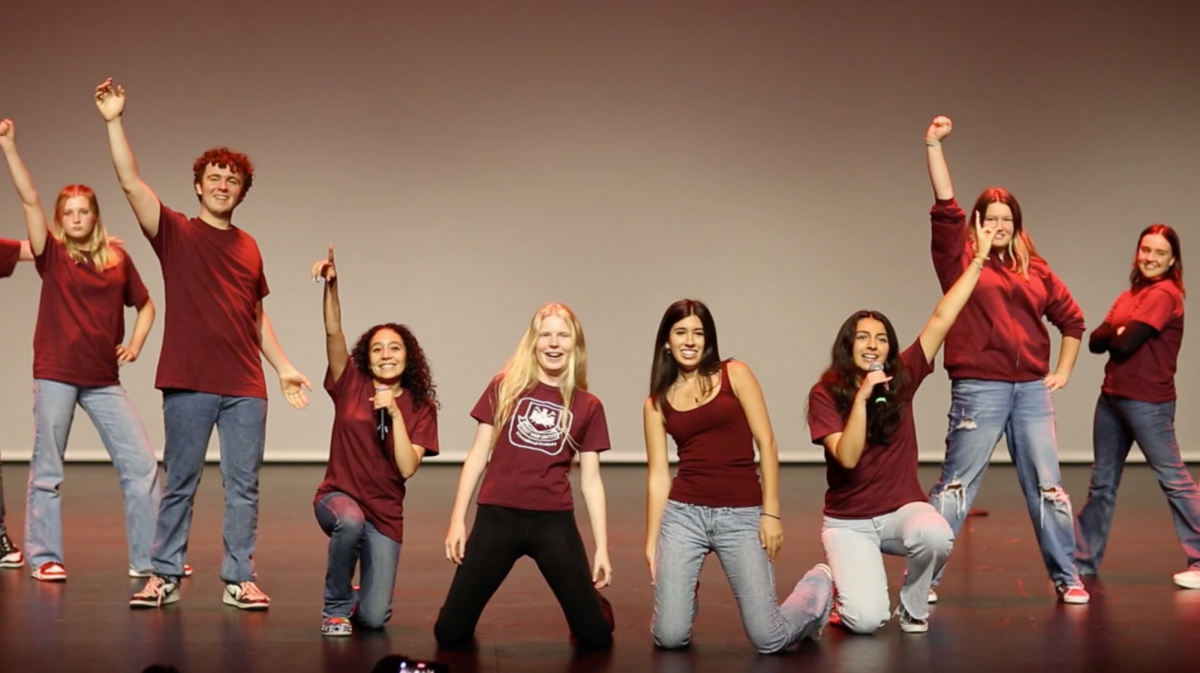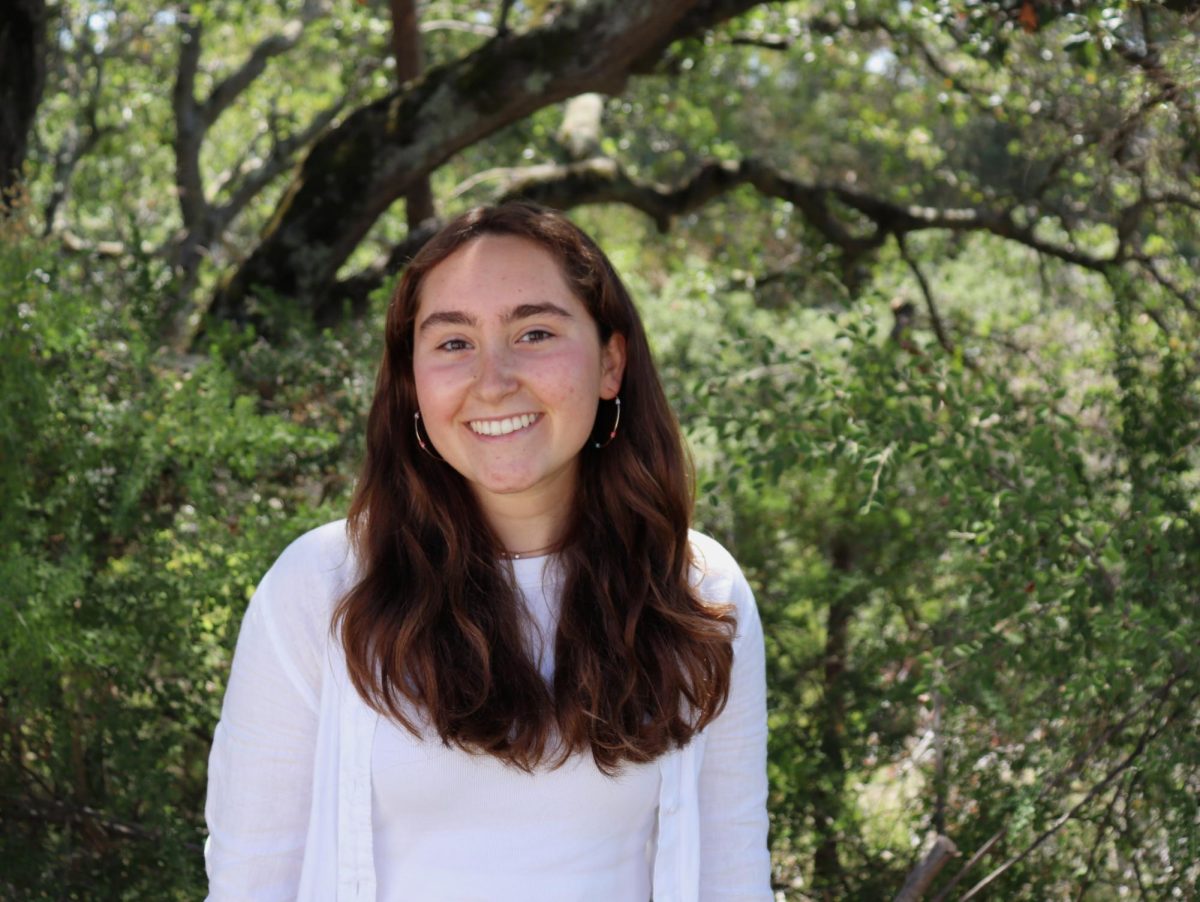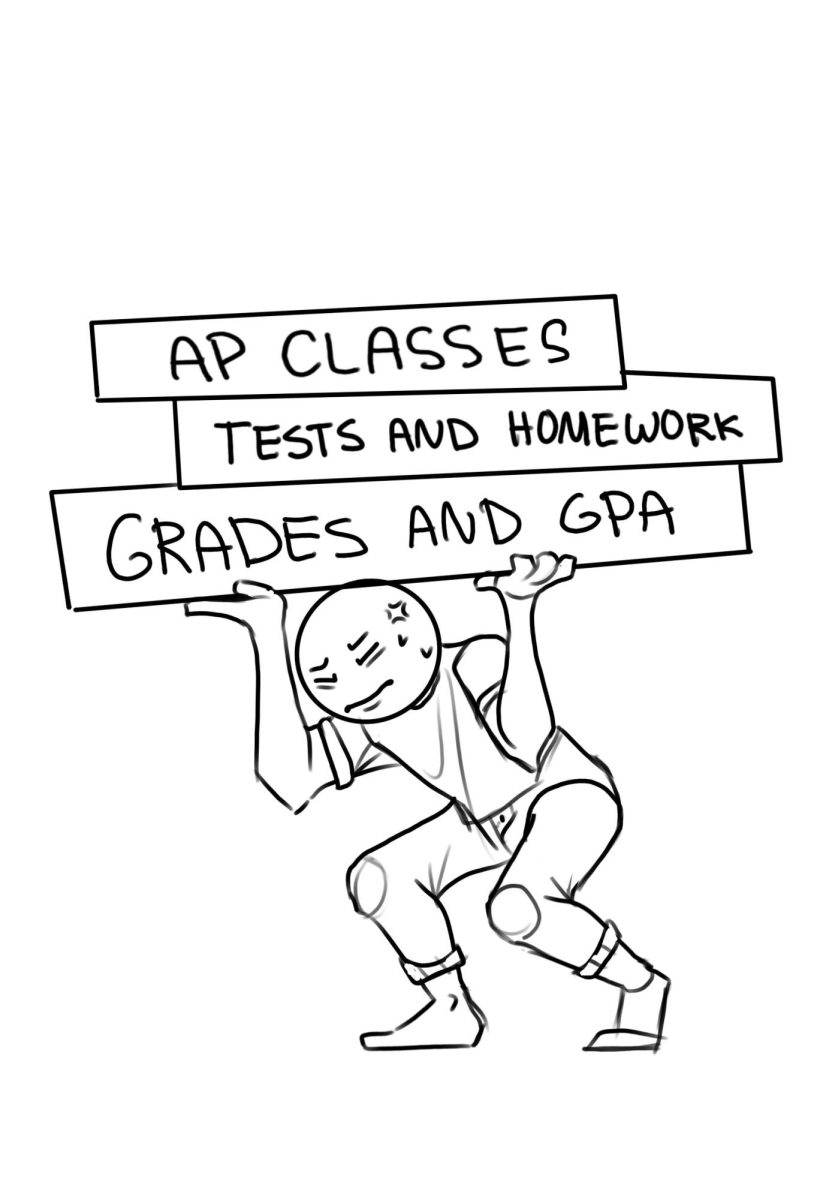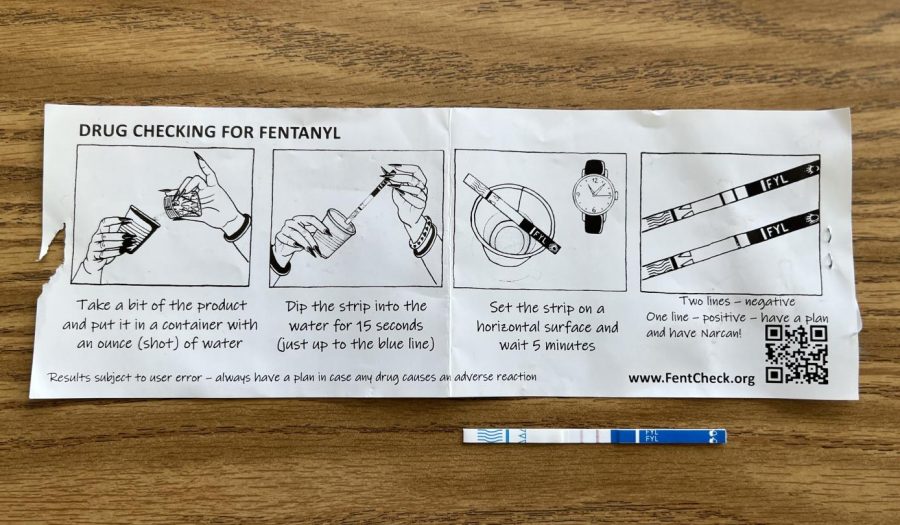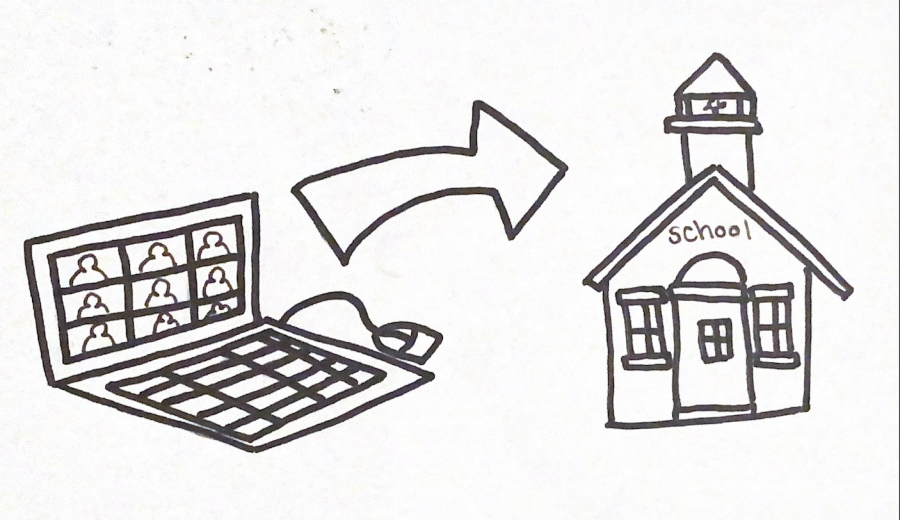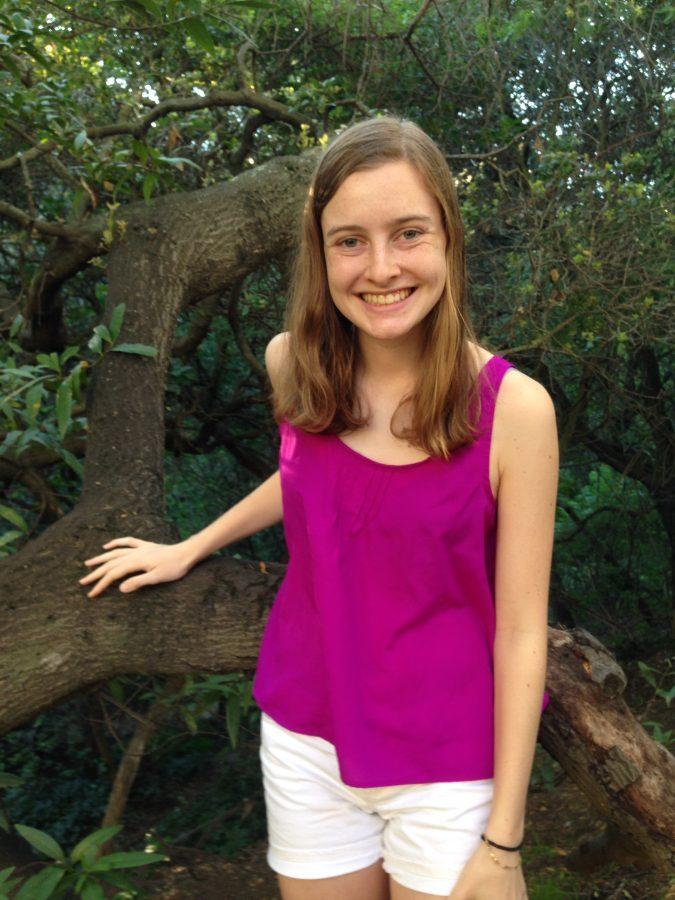The new statewide CAASPP exam program will replace the STAR tests previously used to assess California students, schools and districts.
The change is part of the state’s membership in the Smarter Balanced Assessment Consortium (SBAC), an association of states that have adopted the federal Common Core State Standards Initiative. This year, only juniors will take the test.
As part of Common Core, new state curriculum standards and tests are being developed to better reflect practical knowledge and problem solving.
“They’re trying to replicate more real-world situations and test them in ways that we couldn’t have tested in the previous method of bubble only,” said Director of Instructional Technology Stephanie Griffin.
Specifically, the Smarter Balanced test has been designed to be taken on a computer; it is an “adaptive test,” meaning the program adjusts the level of difficulty on a question-by-question basis to better assess a student’s strengths and weaknesses.
“As you take the test and you get the question right it might give you a harder one or if you get it wrong you might give you an easier one,” Griffin said. “it tries to figure out what you know and what your level is.”
The CAASPP will not be entirely replacing the older CST.
While the English Language Arts (ELA) and math tests have been rewritten for 2015, the newly adopted state Next Gen Science Standards (NGSS) have not yet been developed into an assessment. Fifth-, eighth- and tenth-graders will continue to take the older CST on science, Griffen said.
Part of the switch to computerized testing, new question types will be added.
“There will be multiple choice, there will be problems where you underline or highlight the answer, looking for something specific, and there will be problems where you draw the line to the correct and matching answer. There will be both short answer and long answer.”
Additionally, an entirely new assessment type called a performance task will be introduced in both the math and ELA tests.
“Your whole group will have a thirty minute teacher-led activity to make sure everybody knows the content we’re talking about: watering the garden and growing the garden, everybody kind of knows that,” Griffin said. “Then you’ll be given the task and it might be you have so many seeds and so much water. How much can you grow? How can you maximize? That might be a math performance task. Then you’re going to do something that involves a bunch of writing or a report — so essentially real world problem solving.”
The CAASPP, like the STAR test, is an untimed test. Students can choose to take as much time as they want on each section, though the school will schedule for specific timeframes.
The total test time will run about seven hours, including one-and-a-half to two hours each for the ELA and math assessments, and an hour-and-a-half each for the performance test, each with an additional half hour classroom activity to prepare, Griffin said.
Like the STAR test, the CAASPP will be used to assign a score to each school (called the API) based on the performance of its students, which affects state funding.
Because of the novelty of the new test, and a lack of time for teachers to prepare for the exam, this year’s API results will not be used for rankings of school districts, Griffin said.
Juniors who take the test will still receive their scores, a ranking of their individual performance and an assessment of their proficiency and college preparedness.
The upcoming 2015 exams are not the junior class’ first exposure to the CAASPP. The class participated in an early form of the test last year.
“Our tenth graders took the field test because they drew some high schools out of the hat as a sample to try to figure out how hard the questions are and what a tenth grader knows,” Griffin said.
The exact schedule for testing is undecided, but it is a possibility that the sophomores and juniors taking state tests will use time currently assigned to a guest speaker.




